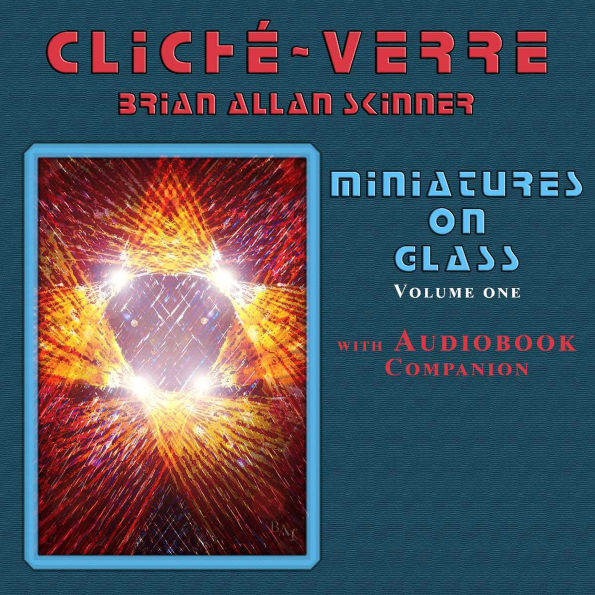Cliché-verre is a technique of etching and painting directly on photographic negatives. The term means “glass negative” in French and is as old as photography itself, dating to the 1840s and earlier. The first successful photographic process involved coating glass plates with light-sensitive chemicals from which reversed (positive) prints could be made. Artists experimented with drawing, etching, and combining images directly on the glass, resulting in fanciful black-and-white prints. But few artists were inspired to develop the idea further until the advent of color photography in the early 20th Century.
The Magic Lantern, long predating photography, was invented by Christiaan Huygens, a Dutch astronomer and physicist, in the 1600s. It is a simple device for projecting images, based upon the centuries-old principles of the “camera obscura” or “darkened room.” When the photographic process evolved to
film rather than glass plates, the technology spread. Color film arrived in the 1930s. There were now both film negatives and positives (slides).
Brian Allan Skinner is the author of six volumes of illustrated fiction. His experiments with cliché-verre began in the 1960s. Here are 50 examples of his work from the past half-century, in brilliant color. In the epilogue, he explains his process in detail.
Cliché-verre is a technique of etching and painting directly on photographic negatives. The term means “glass negative” in French and is as old as photography itself, dating to the 1840s and earlier. The first successful photographic process involved coating glass plates with light-sensitive chemicals from which reversed (positive) prints could be made. Artists experimented with drawing, etching, and combining images directly on the glass, resulting in fanciful black-and-white prints. But few artists were inspired to develop the idea further until the advent of color photography in the early 20th Century.
The Magic Lantern, long predating photography, was invented by Christiaan Huygens, a Dutch astronomer and physicist, in the 1600s. It is a simple device for projecting images, based upon the centuries-old principles of the “camera obscura” or “darkened room.” When the photographic process evolved to
film rather than glass plates, the technology spread. Color film arrived in the 1930s. There were now both film negatives and positives (slides).
Brian Allan Skinner is the author of six volumes of illustrated fiction. His experiments with cliché-verre began in the 1960s. Here are 50 examples of his work from the past half-century, in brilliant color. In the epilogue, he explains his process in detail.

Product Details
| BN ID: | 2940194178209 |
|---|---|
| Publisher: | Independently Published |
| Publication date: | 02/27/2025 |
| Series: | Miniatures on Glass , #1 |
| Edition description: | Unabridged |
Videos



